Graphics Reference
In-Depth Information
(a) Points on a line are the solutions (x,y) to equation (3.14) keeping a, b, and c
fixed.
(b) Lines (through the fixed point (x,y)) are the solutions (a,b,c) to equation (3.14)
keeping (x,y) fixed.
In (a) we are dealing with nonhomogeneous solutions and in (b) they are homoge-
neous. We can make the solutions homogeneous in both cases by introducing a new
variable Z. Furthermore, to obtain complete symmetry, we restate the equation (3.14)
in the form
(
)
π
(
)
aX
++=
bY
cZ
0
,
with
a b c
, ,
000
, ,
.
(3.15)
Because equation (3.15) always has the trivial solution (0,0,0), and because this solu-
tion is uninteresting, we shall always
exclude
it from any discussion.
Clearly, if (X,Y,Z) is a solution to (3.15) with Z π 0, then (X/Z,Y/Z) is a solution
to (3.14). Conversely, if (x,y) is a solutions to (3.14), then (x,y,1) is a solution to
(3.15), as is (kx,ky,k) for any real k. What this discussion is leading up to is that instead
of thinking of points as coordinatized by pairs (x,y) of real numbers we can think of
them as coordinatized by triples (X,Y,Z), or rather by classes of triples.
Definition.
Let
p
be any point in the plane
R
2
. Let (X,Y,Z) be any triple of real
numbers with Z π 0. If x = X/Z and y = Y/Z are the Cartesian coordinates for
p
, then
X, Y, and Z are called
homogeneous coordinates
for
p
. One typically uses the expres-
sion “(X,Y,Z) are homogeneous coordinates for
p
” in that case.
Note that if (X,Y,Z) are homogeneous coordinates for a point (x,y), then so are
(kX,kY,kZ) for any k π 0.
3.3.2. Example.
(-1,2,1), (2,-4,-2), and (-4,8,4) are all homogeneous coordinates
for the Cartesian point (-1,2).
So far in our correspondence between the solutions to (3.14) and (3.15) we
excluded the solutions to (3.15) that have Z = 0. What about these solutions?
Suppose that (X,Y,0) is a solution to (3.15) and that (a,b) π (0,0).
Case 1.
a π 0: If Y = 0, then X = 0. Since the solution (0,0,0) is not allowed, we must
have Y π 0 and X = (-b/a)Y. In other words, every solution has the
form ((-b/a)Y,Y,0).
Case 2.
b π 0: This time we can solve for Y and every solution has the form
(X,(-a/b)X,0), with X π 0.
We can combine cases 1 and 2 to conclude that every solution must have the form
(-bt,at,0) for some t π 0. Alternatively, we could have deduced this from the observa-
tion that the only vectors (X,Y) that are orthogonal to (a,b) are scalar multiples of
(-b,a). In any case, we see that there is only one extra class of solutions. Let us call
each class of solutions (X,Y,Z) to (3.15) informally a
point
and the set of these
“points.” the “projective plane.” (Precise definitions are given in the next section.). The
extra points where Z = 0 will be called
ideal
points.

